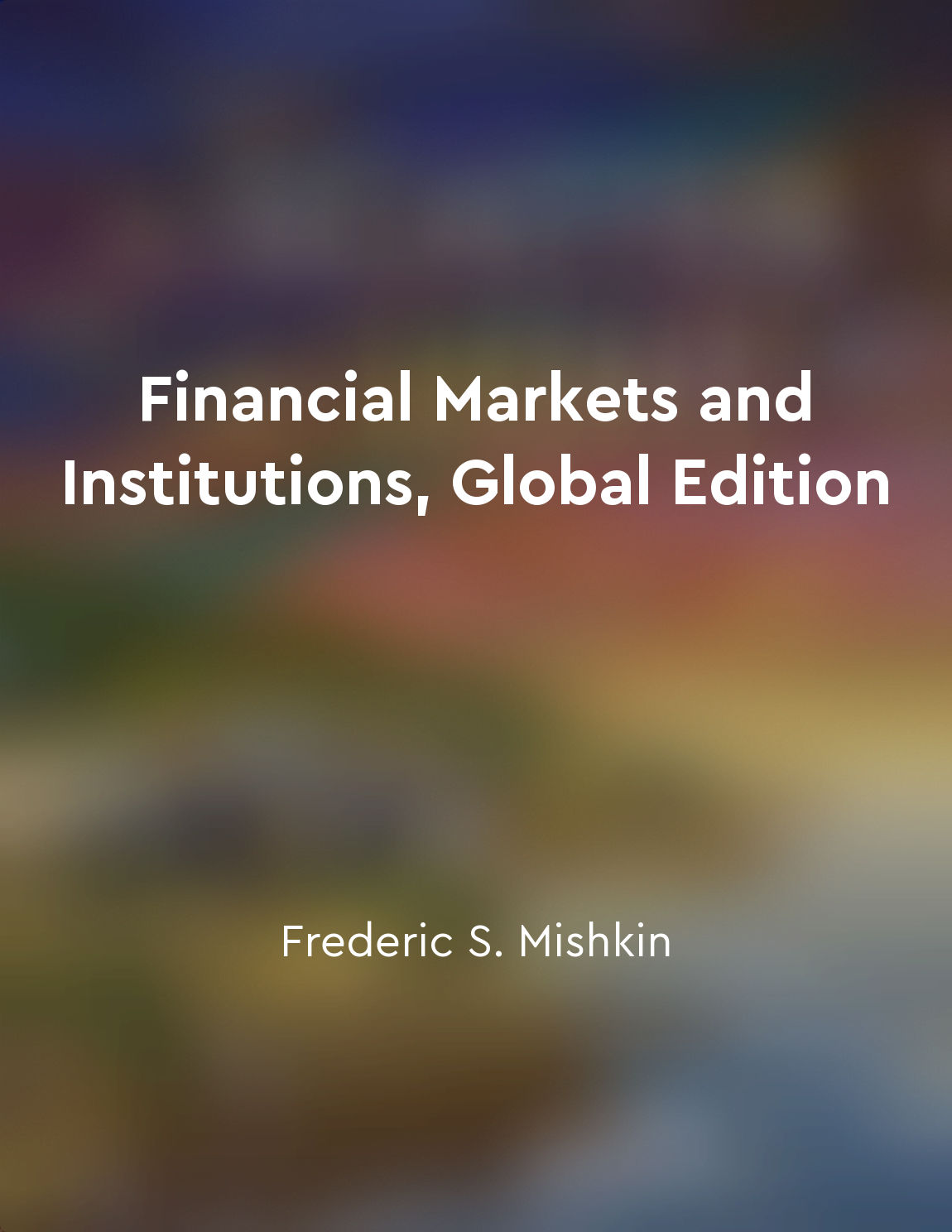Regulatory shortcomings from "summary" of Too Big to Fail by Andrew Ross Sorkin
The failures of regulatory oversight were glaringly evident during the financial crisis of 2008. The very institutions that were supposed to be keeping a watchful eye on the banking sector failed to do so effectively. The Federal Reserve, the Securities and Exchange Commission, and other regulatory bodies simply did not have the tools or the knowledge to properly monitor the activities of the big banks. One of the primary issues was the lack of transparency in the financial system. Many of the complex financial instruments being traded on Wall Street were completely opaque to regulators. Without a clear understanding of these instruments, regulators were unable to assess the risks that were building up in the system. Another major problem was the fragmentation of regulatory authority. Different agencies had ove...Similar Posts
Political
Politics is in the air we breathe, the water we drink, the land we walk on. It is the fabric that holds society together, the f...

Financial regulations aim to protect investors and maintain stability
Financial regulations are put in place with the primary objective of safeguarding investors and ensuring the overall stability ...
Free markets can lead to income inequality
In a free market system, individuals are free to buy and sell goods and services at prices determined by supply and demand. Thi...
Too big to fail institutions
The concept of institutions that are deemed "too big to fail" is a controversial one that has sparked heated debates among poli...
Market volatility persisted
The characteristic of market volatility persisted is particularly notable during the time surrounding the Great Crash of 1929. ...

Bond markets allow entities to raise funds by issuing debt securities
Bond markets play a vital role in the financial system by providing a platform for entities to raise funds through the issuance...
